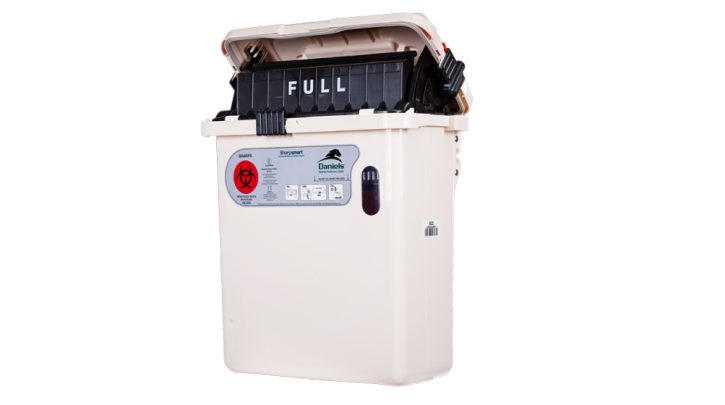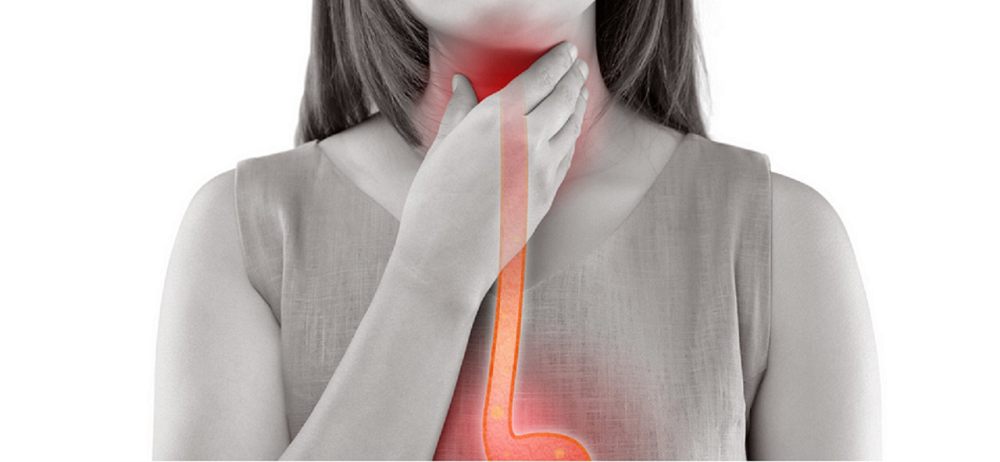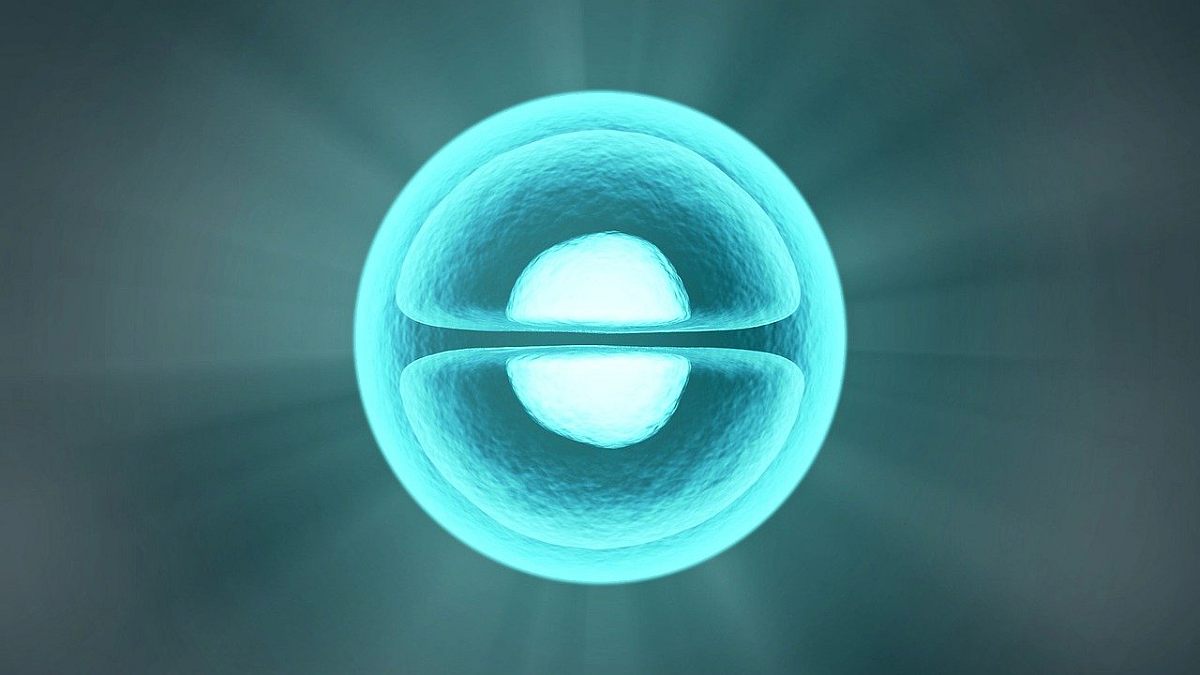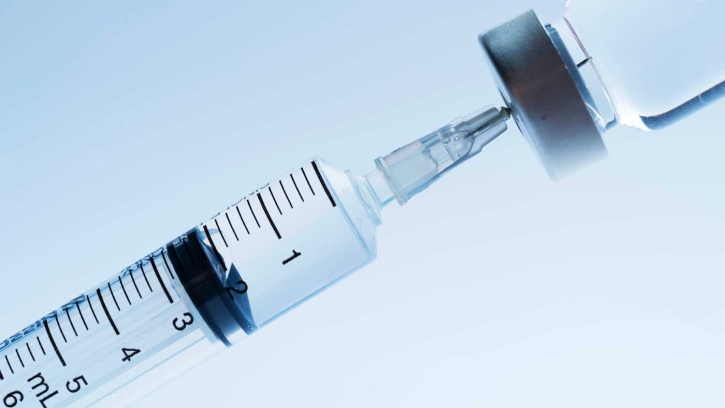A lot has been said over the years concerning proper hygiene and waste disposal mechanisms put in place. To enable healthy living, people have been advised to watch for our hygiene and maintain good waste techniques in our living areas

But one thing that is most often overlooked is the possibility of contracting diseases or infections from the hospital itself. This is very much possible if untreated waste is left unattended to or disposed of openly.
Medical waste is mostly made up of biological products that are highly infectious. If not properly disposed of, they can pose both a health and environmental danger. Such waste can be found in hospitals, laboratories, research centers, and many others. Much of this biological waste can be classified as either infectious or biohazardous, meaning they can easily spread diseases while posing a great danger to life.
While hospital bins are a great way of waste disposal, they can also be sources of dirt that accumulate over time if not emptied promptly. It can also act as a breeding ground for bacteria, which if not taken care of soon, might cause numerous problems not only for the patients but also for the staff. Fortunately, things are a lot easier these days as there are services like eagle dumpsters that can help collect trash like medical waste and send it to where it needs to be disposed of.
As the market continues to embrace new technologies such as those seen with the┬ĀDaniels Health sharps disposal,┬Āit would be prudent to understand the various categories of medical waste:
According to the World Health Organization (WHO), some of the major categories include:
- Infectious ŌĆō Blood, bodily fluids, etc. This includes bandages and disposable equipment from patients.
- Pathological ŌĆō Human tissues
- SharpsŌĆō Needles, syringes, broken glass, etc.
- Chemicals ŌĆō Solvents and disinfectants, heavy metals from medical devices, mercury from thermometers, etc.
- PharmaceuticalsŌĆō Expired, unused, or contaminated medications
- Genotoxic ŌĆō Carcinogenic or teratogenic substances
- Radioactive ŌĆō Mostly diagnostic and radiotherapy materials
With such a categorization in mind, letŌĆÖs look at some of the reasons improper disposal of medical waste is dangerous.
Risks to staff
The people exposed to the most risk of medical waste┬Āare medical workers or, in general, the staff. It is not rare for sharps or infectious materials to go into standard waste receptacles, mostly because they can injure or harm those picking them up, thinking to be a general waste.
Therefore, medical workers and staff alike fall into the high risks of contracting devastating infections such as Hepatitis, Syphilis, etc.
Risks to the community
The community at large doesnŌĆÖt only mean those that might visit your installation but also those that live in your neighborhood. Traditionally, medical waste often ends up in a landfill. Apart from posing an immediate risk to those that live in such areas, it also leaches harmful contents into the air, land, and water, affecting every aspect of human life.
Most such substances, such as chemical and sharp waste, might even take hundreds of years to break down. This is why as more waste gets added, the potency of contamination rises.
There are many other things to get concerned about regarding improper medical waste disposals, such as the patient perception of the hospital brand, or even more sophisticated risks such as exposure to terrorism. However, to avoid all these, it is prudent to have dependable waste management systems in place. The Daniels Health sharps disposal system is highly reliable and will go a long way into protecting your health and brand identity.



Leave a Reply